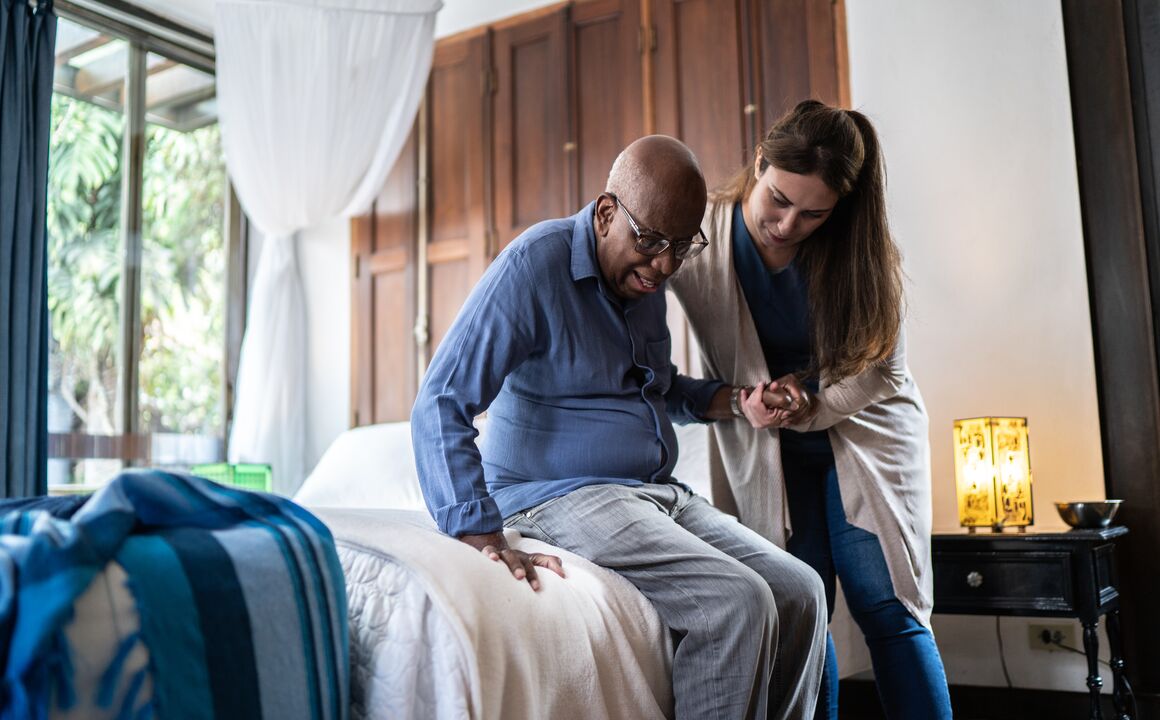At Maximus, we move people forward. For our state and local government team, this often means connecting people across all 50 states to essential government services. By facilitating access to quality health insurance coverage and assessing individuals with complex needs, we help improve access to care. By providing job training and housing support, we help improve quality of life. And by modernizing programs and enhancing customer experience, we help improve engagement.
Behind this impactful work are many people — from all areas of our organization — whose life experiences and perspectives deepen our collective impact. Get to know a few of them and their inspiring stories.













